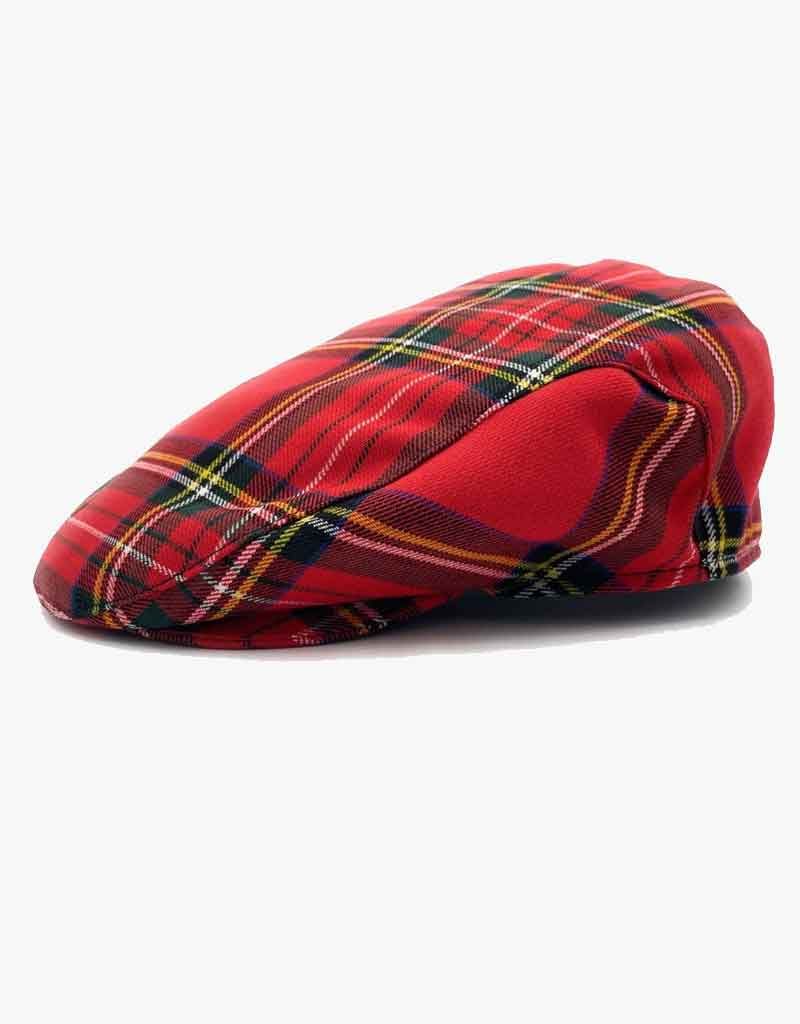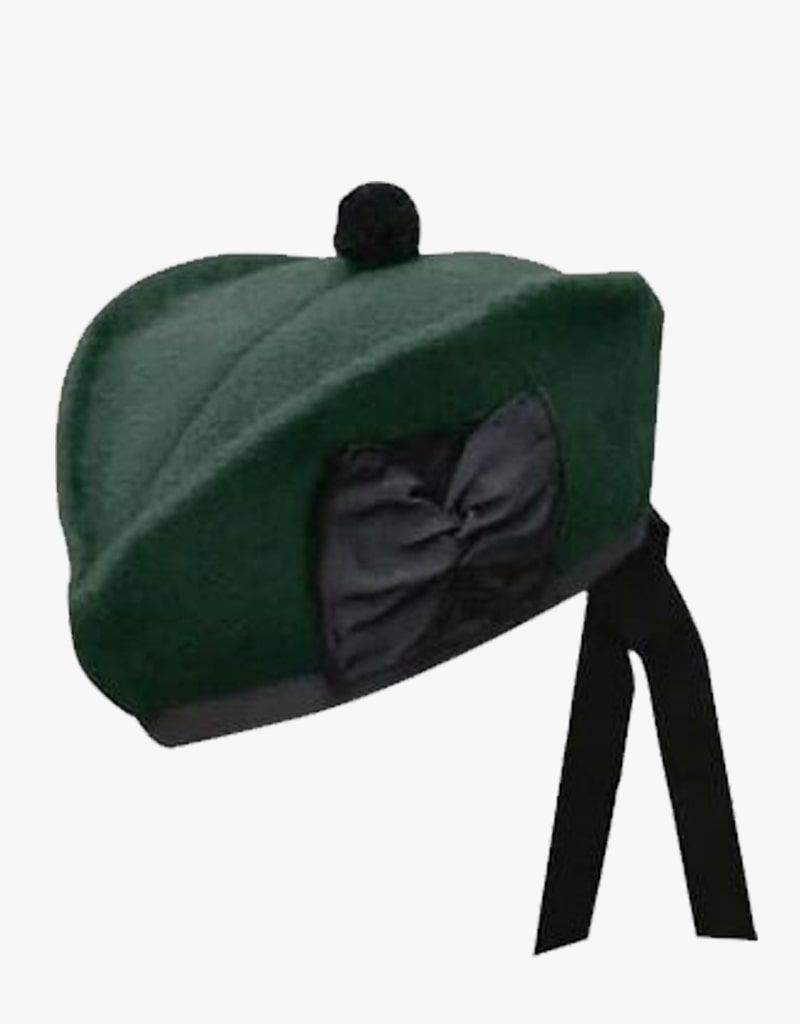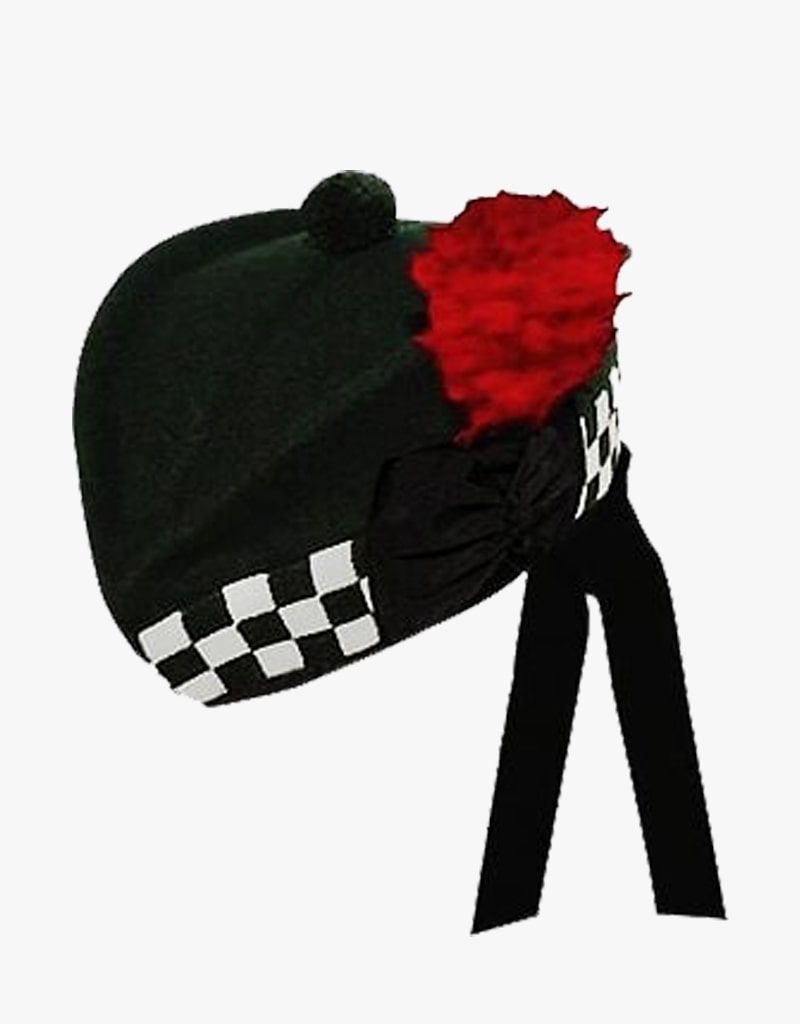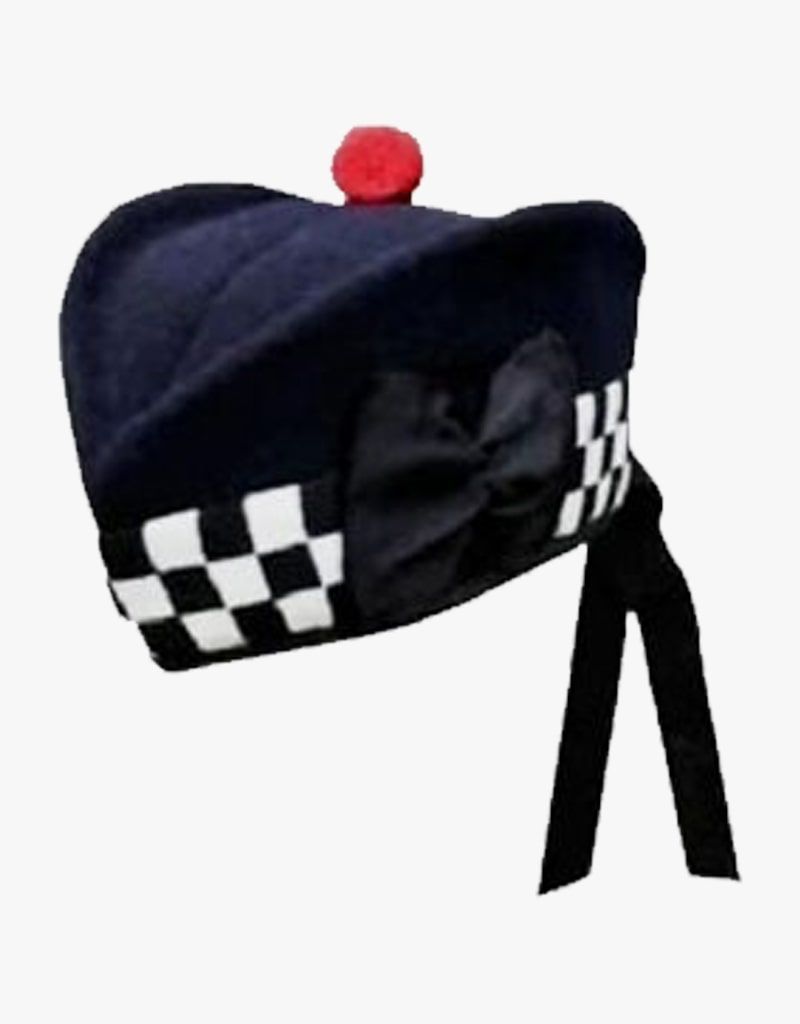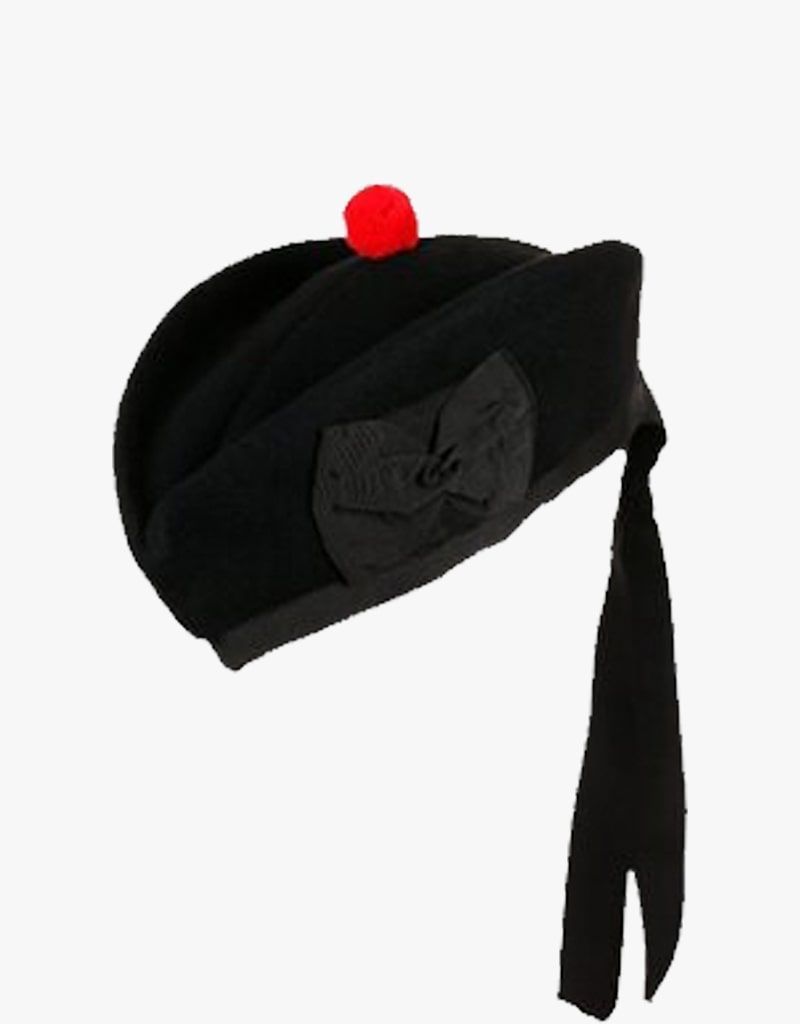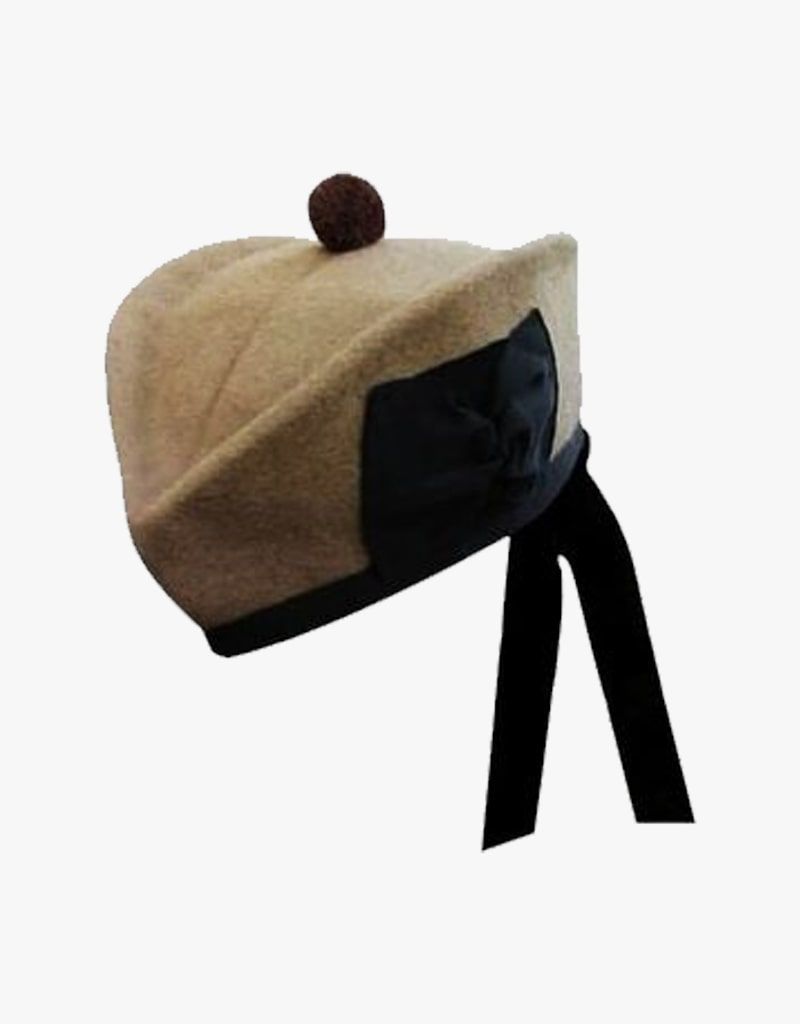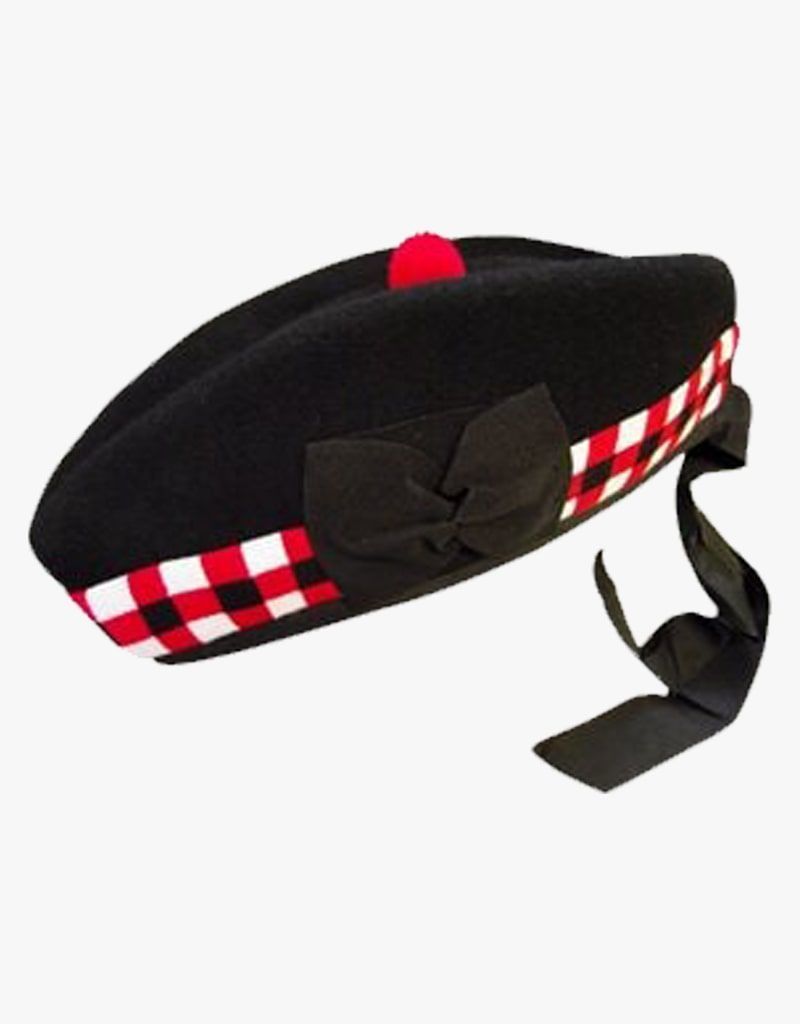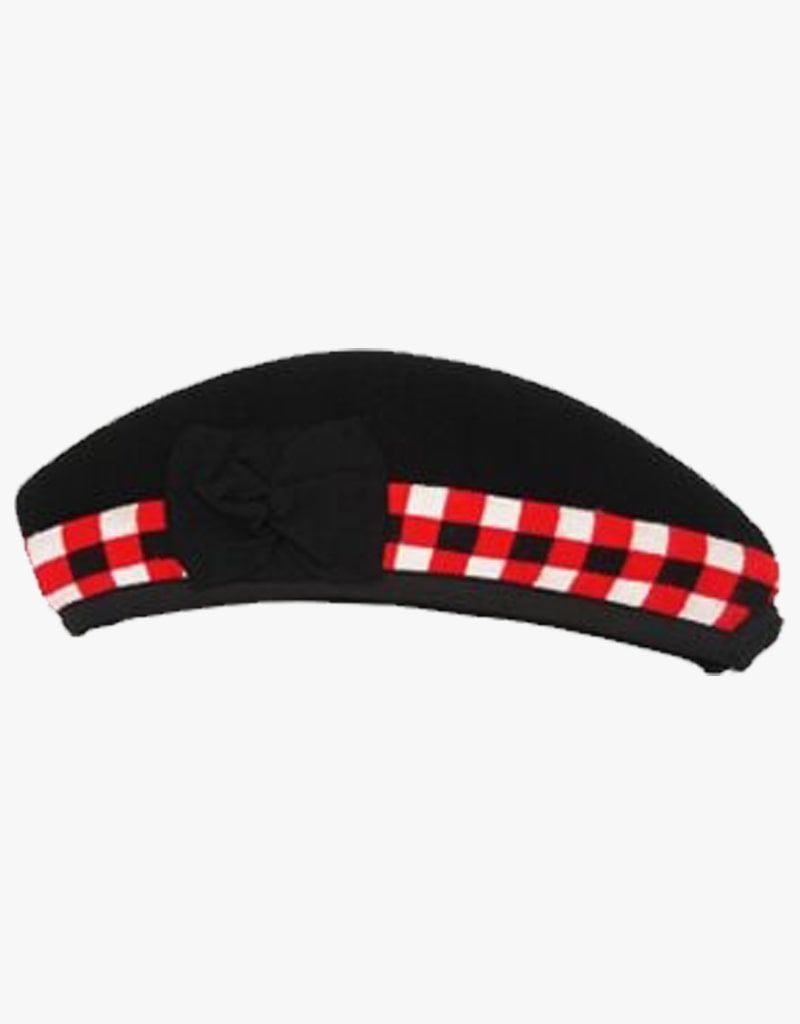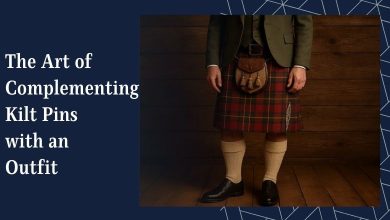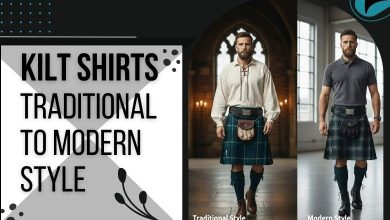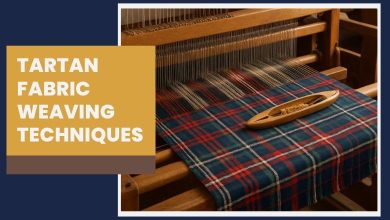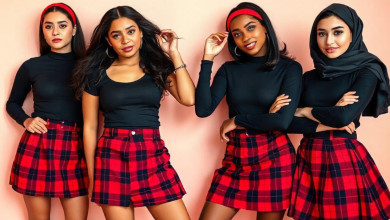Types of Scottish Hats and Where to Wear Them
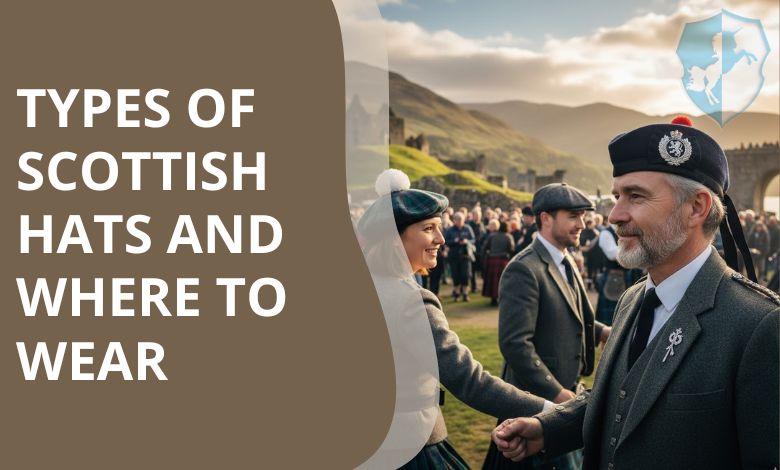
Though Scottish hats are not a permanent companion of kilt outfits, they are commonly visible everywhere. They still hold a strong position as a cultural entity in different forms. Even though these caps have many variations, three of them are typical nationwide. Thus, a single cap does not fit every event, which means their wearing events are not the same, either. This article aims to educate you about 3 common hats that Scots wear as traditional signs and events where you can wear them.
Table of Contents
ToggleExploring the Iconic Styles: A Guide to Scottish Hats
As discussed above, Scottish hats have many variations but only three continue to maintain their legacy. However, it doesn’t mean that the rest are not considerable, nevertheless, their popularity differs. Common traditional kilt hats are:
| Glengarry Bonnet | Flat Cao |
| Balmoral Bonnet | Caubeen |
| Tam O’ Shanter | Kilmarnock bonnet |
| Deerstalker Hat | Bunnett |
| Tam Beret | Flat Cap |
Therefore, Glengarry Bonnet, Balmoral Bonnet, and Tam O’Shanter remained the most noticeable throughout history. We will provide details on these hats and the events where they are typically worn. Moreover, you will also come to know about hat etiquette ahead.
Glengarry Bonnet
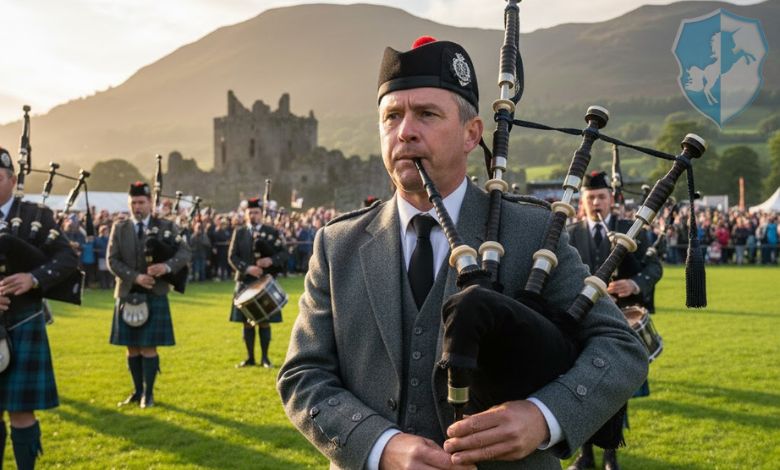
Glengarry bonnet hats are traditional Scottish caps that became standardized in 1794 for military dress for the first time. They are made of thick wool and serve as an impressive part of both military and civilian Highland dress. You get a distinctive feature, known as “toorie” or “pompom” which are small decorative woolen balls on top. They also comprise a rosette or cockade badge on the left side. These hats are a popular symbol of Scottish heritage and pride that pipe bands and hat enthusiasts often wear.
Events to Wear Glengarry Bonnet
Glengarry Bonnets are primarily suitable for formal events, especially those having a connection with Scottish culture. With its timeless charm and strong ties to Scottish tradition, the Glengarry Bonnet adds a touch of dignified elegance to any formal occasion. Some common events to wear these hats are:
- Wedding
- Ceilidh
- Highland Games
- Civilian Pipe Bands
- Boys’ Brigade
The Bold Tam o’ Shanter
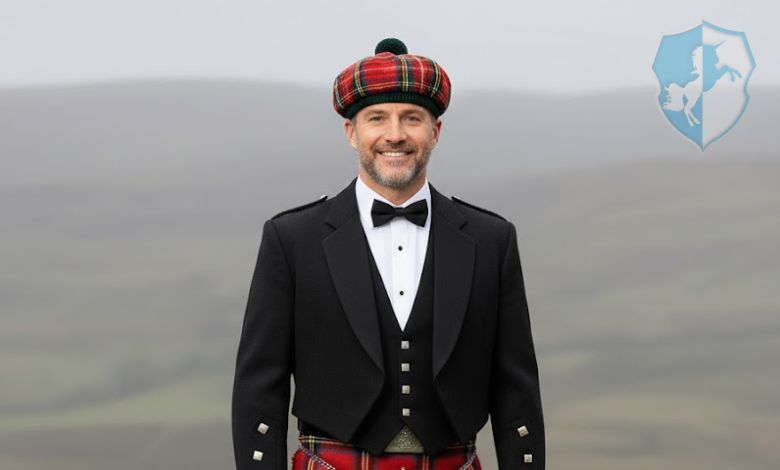
Usually composed of tweed or wool, a Tam o’ Shanter, also known as a Tammy hat, is a traditional Scottish hat. It has a flat, wide, shallow crown that fits freely. For a timeless appearance, a pom-pom is often placed on top. Both civilian clothing and military units are frequently linked to these headgear. Additionally, it is a well-liked gift and tourist accessory that is frequently seen at ceilidhs and other Scottish gatherings.
Events to Wear
Just like Glengarry hats, bold Tam O Shanters are also notable for different formal occasions. However, their appearances in Scottish regiments or military ceremonies are more prominent. Events to prefer Tam ’O Shanter rather than other hats are given below:
- Military and Pipe Band
- Traditions
- Weddings
- Cultural Events
- Police Bands
- Social Gatherings
- Casual Outings
Balmoral Bonnet
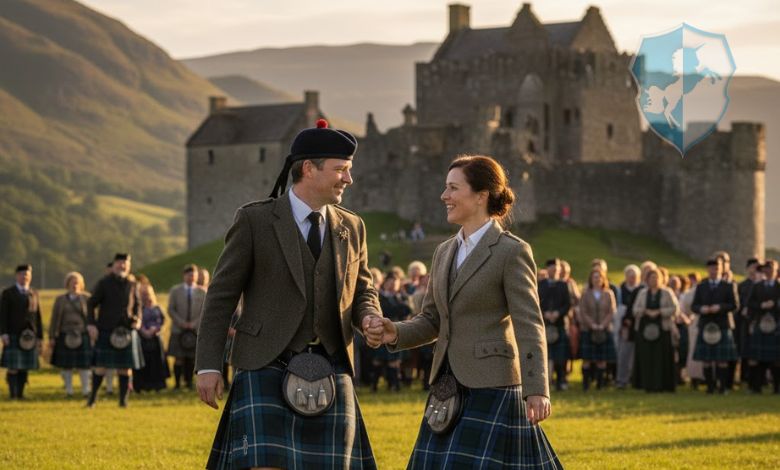
People in Scotland frequently wear a Balmoral Bonnet, which is a soft, spherical wool hat. It features a little pom-pom, in the center and is flat on top. A ribbon may occasionally hang down the back. The hat often has dark shades, such as green, blue, or black. It is worn with other Scottish clothing, such as a kilt. The bonnet has been a part of Scottish culture for a very long time that’s why wearing it is a sign of pride in Scottish culture.
Events to Wear
When it comes to occasions to wear Balmoral Bonnet with modern or traditional men’s kilts, the preference varies a bit from the rest of the hats. There is no event restriction, which means that you can wear this hat type at any event. Even people wear them as everyday wear!
Caubeen
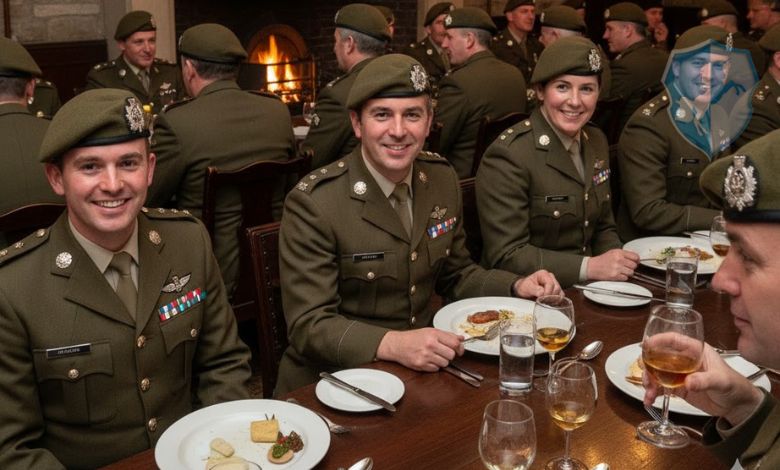
Caubeens that are also known as Irish military caps, historically originated from early Irish headgear. Therefore, it got standardized for military use in the 20th century. These soft, slouched hats are usually made of thick wool. They have a distinctive and unique profile and they typically lean to one side. These caps also work as a source to show wearers’ connection with the Irish military. For this purpose, a regimental insignia is sometimes pinned on the front or side of a caubeen. It is most popular among the Defence Forces and other ceremonial units. Above all, Irish people consider it a permanent symbol of Irish military identity and legacy.
Events to Wear
The best occasions for Caubeens are ceremonial ones, especially those that include military or Irish cultural connections. With their timeless design and deep cultural connections, Caubeens provide ceremonial and memorial events a sense of subdued elegance. Typical occasions for donning these hats include:
- Military Parades
- National Commemoration
- Ceremonies
- Irish Cultural Festivals
- Veterans’ Events
- Regimental Dinners
Flat Cap
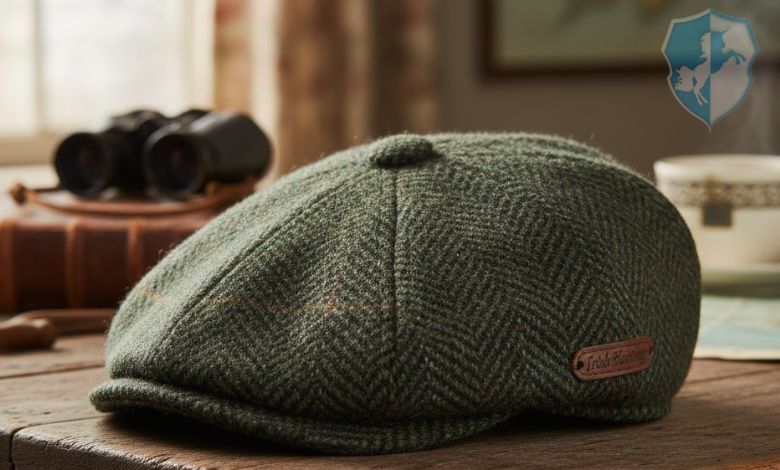
Originating in the British Isles, flat hats have a long history dating back to the 14th century in England. These soft, round hats, which are made of cotton, wool, or tweed, are renowned for their sophisticated yet comfortable design. They have a short, firm brim at the front. From working-class clothing, the flat cap has developed into a stylish item that both men and women may wear. Today, it continues to be a representation of classic British and Irish style, frequently linked to rustic charm, country living, and subtle elegance.
Events to Wear
The use of flat caps is typical in both informal and semi-formal settings. Irish people prefer them among the events where they have to honor tradition and culture. The flat cap’s style goes well with a range of outfits, whether paired with traditional attire or the modern one. These hats are frequently worn during the following events:
- Country Fairs
- Outdoor Weddings
- Horse Races
- Vintage Car Shows
- Heritage or Folk Festivals
Hat Etiquette and Symbolism in Scottish Culture
Similar to kilts, Scottish hats are also representative of their traditional culture. So, knowing the etiquette, like how to wear, when to remove, and tips to align with your kilts is very important. First of all, you must wear a hat with the same tartan that makes the traditional kilt you currently wear. Doing so complements the charm of Scottish culture as well as the attire.
Moreover, you also must know that all of the above hats are not preferable indoors. So, whenever you find yourself surrounded by walls and a rooftop covering your head, ensure removing the hat. Similarly, wearing a Scottish hat in front of royalty is not considered a positive gesture.
Expanding Your Options: Other Notable Scottish Caps to Consider
Whenever you think of buying Scottish caps to complement your kilt outfit, the most important thing is to consider the type of event. It will help you decide which cap to wear according to the event’s theme. Therefore, some exceptional Scottish caps to buy for different events are:
Reliable Brand to Buy Scottish Hats
Now that you know common types of Scottish hats and events to wear them. You are also aware of hat etiquette, how and when to wear it, and where you should abide wearing it. It’s time to discover a reliable brand to purchase Scottish caps. So, we want you to keep in mind that no one can compete with the collection, quality, expertise, prices, and excellent return or exchange policies of The Utility Kilt Store, which have been serving people for many years!
